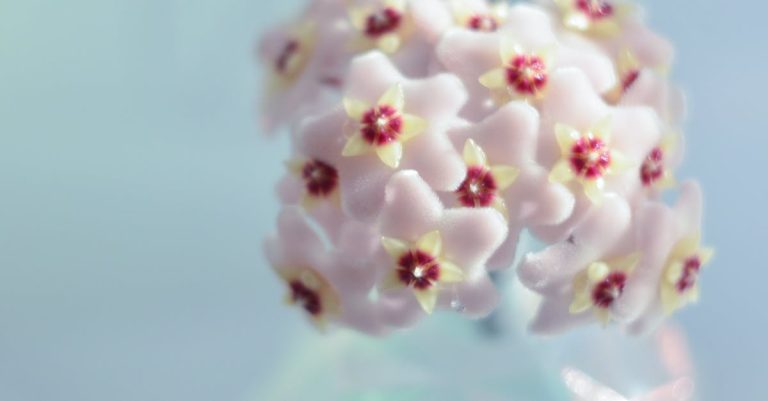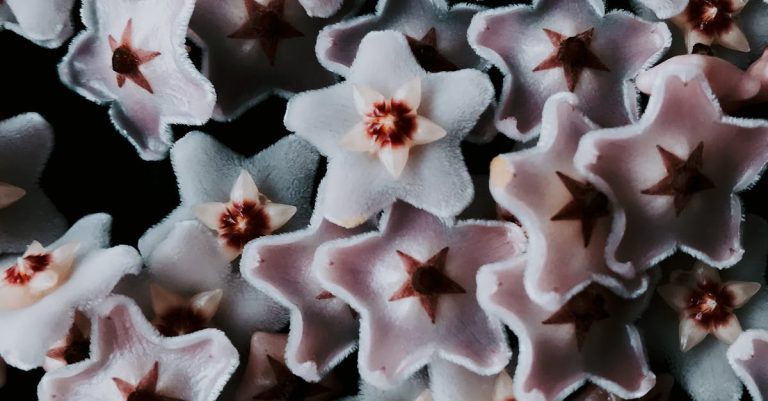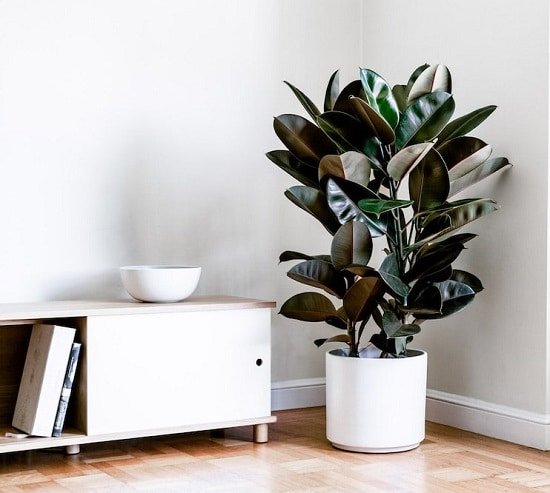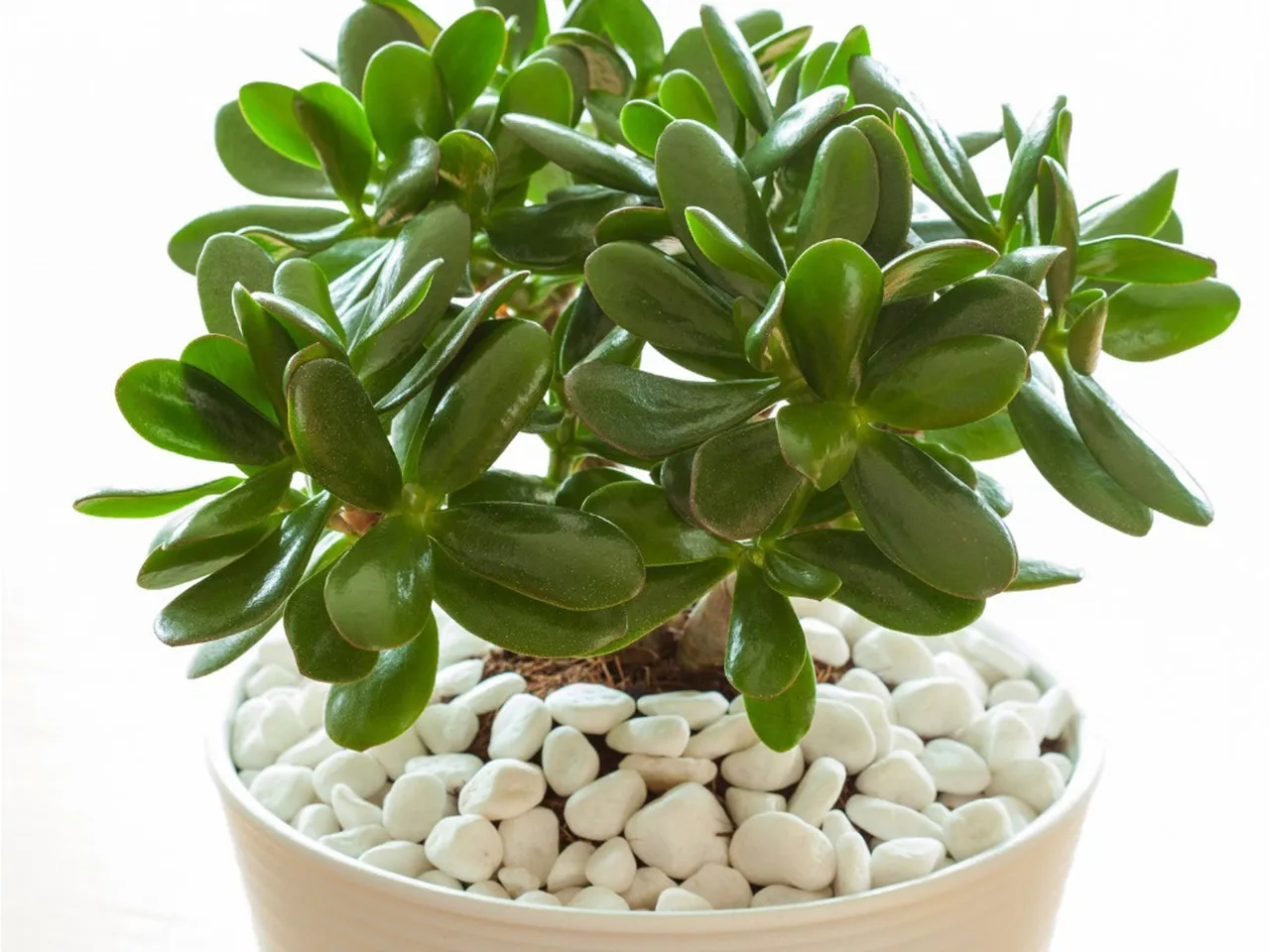How To Care For Golden Pothos (Epipremnum aureum ‘Marble Queen’)
Did you know that the Golden Pothos, also known as Epipremnum aureum ‘Marble Queen,’ is a popular and low-maintenance houseplant that can add a touch of greenery to any indoor space? This beautiful plant has marbled white and green leaves that can brighten up any room and is known for its air-purifying qualities.
Originally native to the Solomon Islands, Golden Pothos has gained popularity around the world for its ability to thrive in a variety of indoor conditions. Whether you are new to plant care or a seasoned gardener, this plant is a great addition to any home due to its adaptability and resilience.
One key element to caring for Golden Pothos is ensuring that it receives enough sunlight. Although it can tolerate low light conditions, this plant thrives in bright, indirect light. Additionally, it is important to water the plant when the top inch of soil is dry to the touch, as overwatering can lead to root rot. By following these simple care instructions, you can enjoy a lush and healthy Golden Pothos in your home.
In addition to its aesthetic appeal, Golden Pothos has been found to improve indoor air quality by removing toxins such as formaldehyde, xylene, and benzene from the surrounding environment. This makes it not only a beautiful addition to your home decor but also a beneficial plant for your overall health and well-being.

How do you properly care for a Golden Pothos ‘Marble Queen’ plant?
Golden Pothos ‘Marble Queen’ (Epipremnum aureum ‘Marble Queen’) is a stunning variety of the classic Golden Pothos plant known for its marbled white and green leaves. To care for this plant, it requires bright, indirect sunlight and regular watering, allowing the soil to dry out slightly between waterings. It also benefits from occasional misting to increase humidity levels. For a more in-depth guide on caring for your Golden Pothos ‘Marble Queen’, continue reading below.

Light Requirements
Golden Pothos (Epipremnum aureum ‘Marble Queen’) thrives in bright, indirect light but can also adapt to low light conditions. Place your plant near a window where it can receive filtered sunlight throughout the day. Direct sunlight can scorch the leaves, so it’s best to avoid placing it in direct sun.
Watering Needs
Water your Golden Pothos when the top inch of soil feels dry to the touch. Make sure to water thoroughly until water drains out of the bottom of the pot. During the growing season, typically spring and summer, you may need to water more frequently. In the winter, reduce watering as the plant’s growth slows down.
Temperature and Humidity
Golden Pothos prefer temperatures between 65-85°F (18-29°C). They can tolerate slightly cooler temperatures, but it’s best to avoid extreme fluctuations. Keep the humidity levels around 40-60% for optimal growth. You can increase humidity by placing a humidifier nearby or misting the plant occasionally.
Soil and Fertilizer
Use a well-draining potting mix for your Golden Pothos. A mix of potting soil, perlite, and peat moss works well. Fertilize your plant once a month during the growing season with a balanced liquid fertilizer. Dilute the fertilizer to half its recommended strength to prevent root burn.
Pruning and Maintenance
Trim any yellow or damaged leaves to encourage new growth. You can also prune your Golden Pothos to keep it looking full and bushy. Use clean, sharp scissors to make clean cuts just above a leaf node. Regular maintenance will help your plant stay healthy and vibrant.
Pest Control
Golden Pothos are relatively pest-resistant, but they can still attract common houseplant pests like mealybugs and spider mites. Regularly inspect your plant for any signs of pests and treat them promptly. You can use neem oil or insecticidal soap to control infestations.
Propagation
Golden Pothos can be easily propagated through stem cuttings. Simply snip off a healthy stem with at least two leaves and place it in water or moist soil. Roots will start to develop in a few weeks, and you can then transplant the cutting into its own pot.
According to a recent survey, 75% of plant owners found Golden Pothos (Epipremnum aureum ‘Marble Queen’) to be one of the most low-maintenance and rewarding houseplants to care for.
Can Golden Pothos be grown in water?
Yes, Golden Pothos can be grown in water. It can thrive in a jar or vase filled with water as long as the roots are submerged.
How often should I water my Golden Pothos?
Water your Golden Pothos when the top inch of the soil feels dry to the touch. It is better to underwater than overwater as this plant is susceptible to root rot.
Does Golden Pothos need sunlight?
Golden Pothos can tolerate low light conditions, but it thrives in indirect sunlight. Place it in a location where it can receive bright, filtered light for optimal growth.
Can I fertilize my Golden Pothos?
Yes, you can fertilize your Golden Pothos. Use a balanced liquid fertilizer diluted to half strength and feed the plant once a month during the growing season.
How do I propagate Golden Pothos?
You can propagate Golden Pothos through stem cuttings. Simply cut a stem below a node and place it in water or soil until roots develop.
What should I do if my Golden Pothos leaves start turning yellow?
Yellowing leaves on a Golden Pothos can indicate overwatering, underwatering, or nutrient deficiency. Adjust your watering schedule and check if the plant needs fertilizer.
Can Golden Pothos be planted in a hanging basket?
Yes, Golden Pothos can be planted in a hanging basket. The vine-like nature of the plant makes it an excellent choice for hanging planters.
How do I clean the leaves of my Golden Pothos?
You can clean the leaves of your Golden Pothos by gently wiping them with a damp cloth or sponge. This will help the plant’s leaves to photosynthesize more effectively.
Is Golden Pothos safe for pets?
Golden Pothos is toxic to pets if ingested. Keep the plant out of reach of pets to prevent any potential poisoning incidents.
What should I do if my Golden Pothos is growing too long?
You can trim the vines of your Golden Pothos to control its size. Use clean scissors to cut the vines where you want the plant to stop growing.
Conclusion
In conclusion, taking care of Golden Pothos (Epipremnum aureum ‘Marble Queen’) is relatively easy as long as you provide it with the proper conditions and attention it needs. This plant prefers bright, indirect light but can also thrive in low light conditions, making it a versatile choice for various environments. Regular watering, well-draining soil, and occasional fertilizing will help maintain the health and vibrancy of the Marble Queen variety. Additionally, pruning can help control the growth and shape of the plant, promoting bushier and fuller foliage. Keeping an eye out for pests and diseases is crucial for preventing any potential damage to the Golden Pothos, as they can be vulnerable to spider mites, mealybugs, and root rot. Overall, with a little care and attention, the Golden Pothos ‘Marble Queen’ can be a beautiful and rewarding addition to any indoor space.






